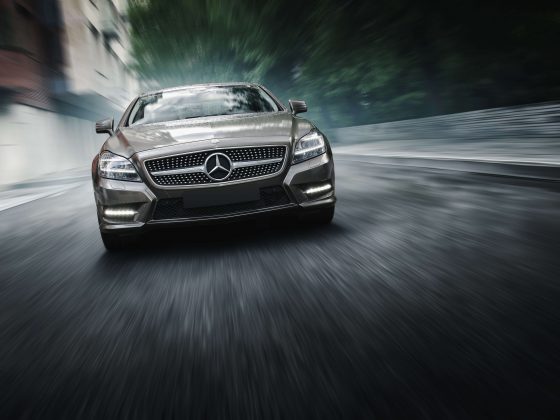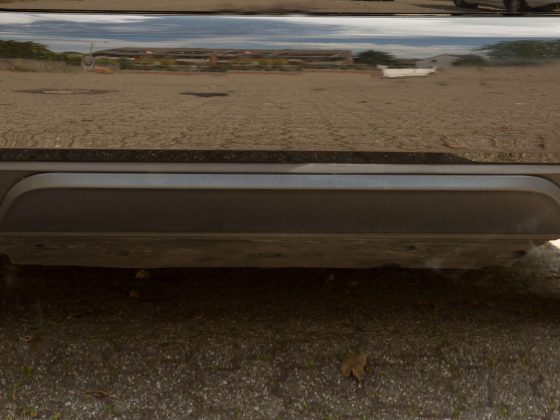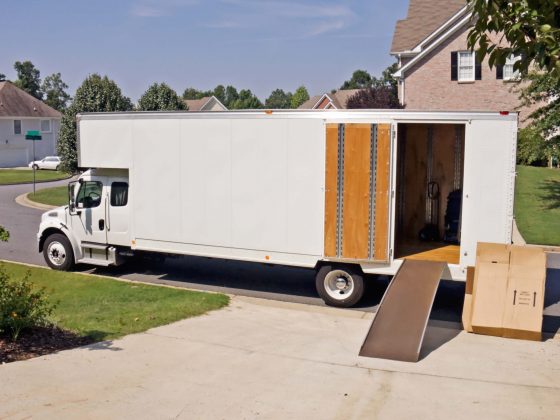A bad ignition switch can be hard to identify, especially if you ignore basic vehicle maintenance .
Use eTags© to Quickly Complete Your DMV Service. Renewals, Title Transfers and More, All Online!
Certainly, you don’t need to be an auto expert to quickly tell whether you car has a problem with the ignition or not. All you need to do is pay careful attention to specific symptoms when getting behind the wheel.
Once you start connecting with your vehicle, you’ll be free to take immediate action without double-guessing or delaying maintenance checks.
If you are foreign to identifying problems with your car, here are 5 symptoms that can help you detect a bad ignition switch.
Pay attention to the status of the ignition switch
First, get into your car and insert the key in the ignition switch and turn it. Note that your ignition status shows three positions you need to pay attention to.
The “off” status, also known as “lock“, means that your car is not transmitting any power to the engine or system.
The second position is the “on” status, which means that the lights on your dashboard will be on but the engine is still not powered yet.
The third position, the “start” mode, indicates that the engine has been powered by the final pressure that you exert on the key.
If your dashboard doesn’t light once you reach the second position, you may be having a bad ignition switch.
Having a hard time starting and running your car
Normally, after starting your car, the ignition coil gets power from the battery and relay it to the spark plugs.
This causes the fuel to work and gives the power your car needs to run. A typical problem with the ignition switch is when your car fails to start.
This sign forces you to keep making attempts to turn the engine, draining and, therefore, killing your battery. At same time, idling your car can also cause a stalling.
Your ignition switch is overly hot
If your ignition switch is overly hot, then you must take immediate action unless you want to be stuck in your garage.
This symptom is often associated with problems that are rooted in your vehicle’s electrical system. Know that the ignition switch is plugged to a series of wires that could potentially overheat.
Not only overheating affects the wires, but also affects the terminals to a level in which the insulating base starts melting.
Consequently, the car starts jerking aggressively and won’t start regardless of how many times you try to make it happen.
Take heed of your dashboard lights
Older cars are often prone to go through problems with the ignition switch over time. If that’s the case, you may not be able to hear the clicking sound from the main rely that activates the ignition.
For that reason, you are advised to check your dashboard lights whenever your vehicle stalls.
Another method is to check your warning lights such as the oil light, charge light, brake light and so on. Then try to start your vehicle. Once it is about to start, stop pressing the key so it snaps back.
Once it snaps back to run position, check if the warning lights go out as the switch snaps back. If so, your vehicle has a problem with the ignition switch.
Whether you know the exact steps to fix the ignition switch or require major assistance from an auto repair expert, learning about these symptoms helps you stay more connected with your car.
SEE ALSO: 5 Easy Ways To Keep Your Car Battery From Dying This Summer









5 comments
If I leave the keys in my ignition a couple of days the battery runs down….it’s an 03 Silverado
My 2001 Durango starts and runs fine, but sometimes the radio and turn signals will stop working. Sometimes they come back on in a couple of seconds and sometimes I have to turn the key forward just a tad to get them to come back on. I’ve tried both keys and it still does it. Is there a problem with the ignition cylinder?
Your best bet is to contact your mechanic. It’s always better to diagnose a small issue than have to put out a huge fire!
Can a failing ignition switch affect the results of a smog test?
hey there, this article may help: https://www.smogtips.com/functional_inspection.cfm